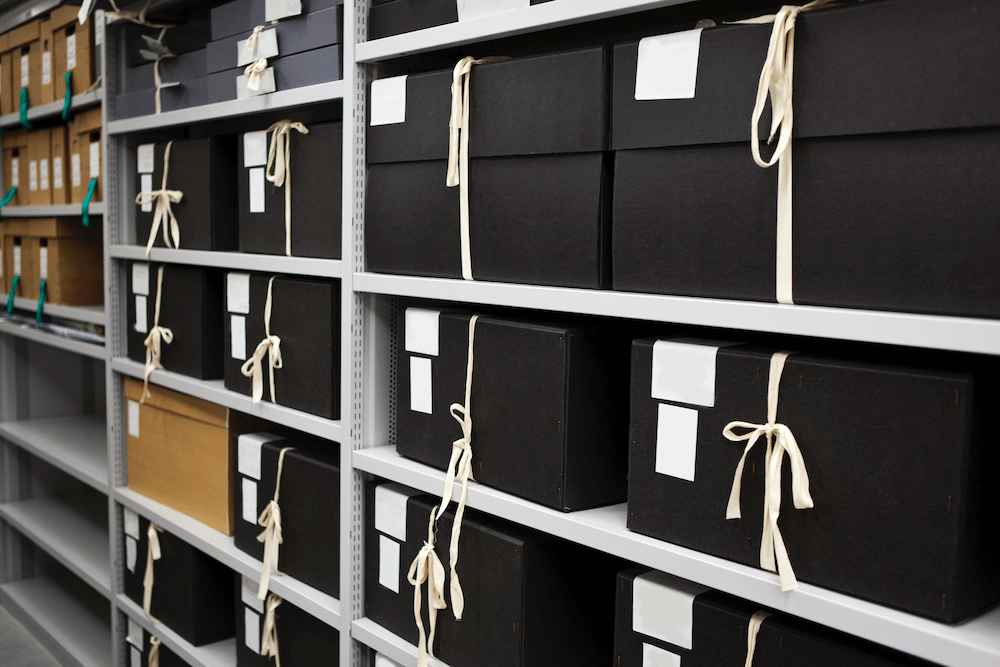
Why your archival microclimate needs a dehumidification solution
May 16, 2020
We may not realise it, but microclimates have a huge impact on the world we live in. They’ve been present throughout the existence of humanity and have helped shape the path to where we are now in countless ways.
In the same way that for millennia, natural microclimates have shaped our history, technological developments over recent decades have meant that now we can use an artificially created microclimate as a tool to preserve our history.
But what exactly are archival microclimates, and what implications can they have for our historical artefacts and archives?
What is a microclimate?
Microclimates, both manmade and natural, serve a range of purposes. A broad definition states that a microclimate is:
‘the suite of climatic conditions measured in localized areas near the earth’s surface.’
The environmental variables for microclimates include:
- Light
- Wind speed
- Moisture
- Temperature
In the natural world, microclimates influence ecological processes like plant growth and regeneration, soil respiration, nutrient cycling and wildlife habitat selection. The influence that they have over the natural environment is indicative of the impact they can have when an artificial microclimate is applied in a manmade environment.
Manmade microclimates
People create microclimates for a variety of purposes. One example is recreating ‘natural’ environments artificially to adapt to the ideal conditions for growing speciality vegetation, like the work done at the Eden Project.
However, not all microclimates are created to grow organisms but are instead created for archival storage.
The ideal microclimate for archival storage
Protecting archival materials is hugely important to galleries, museums, private collectors and public interest.
In fact, in some cases, natural microclimates have preserved historic architecture. Data from a study found that historical microclimates created by architecture were the very thing that preserved the buildings, which is the reason why some remain in pristine condition today.
That considered, it’s easy to assume that if you store materials in what feels like a cool, dry room and cover them in a protective material, that will be enough to preserve them, but this is not the case.
The permanence of the material is directly impacted by the relative humidity (RH) and the temperature of the storage space. The lower the RH and temperature, the longer the materials will survive.
It’s recommended that most collections be kept in an environment of 20 degrees celsius with a 50% RH. Because the UK’s average RH sits at 80%, archives must be kept from the harmful effects of natural conditions. Instead, the right solution needs to maintain the optimum temperature while keeping the humidity sitting consistently at 50% RH.
Containing environmental fluctuations is also crucial. Some galleries will install air conditioners to maintain a low temperature. However, these units use a lot of energy and become very expensive to run 24/7, so they are likely to be switched off at certain times.
The result is that the fluctuating temperature caused by the air conditioning unit as it turns on and off creates an unstable environment for the archives.
What specific problems can a high RH cause?
Unstable environments can become a nightmare for archival storage and on-display collections.
If the RH gets too high in an archival microclimate, autocatalytic degradation can occur because the high RH supports the ‘transport and deposition of degradative volatiles present in the chambers’.
Essentially, the life span of archival materials is significantly shortened if a high RH is unchecked.
What’s a solution that works?
Ultimately, the right solution should be efficient and able to control the RH and temperature simultaneously accurately.
By investing in a bespoke desiccant dehumidifier, you will have complete control over the humidity and temperature of your environment through a control panel, with the ability to monitor conditions through an app.
The system removes moisture from the air and regulates temperature so that you can create and maintain the optimum conditions for your archives.
Conclusion
Microclimates dictate and shape so much of our lives in ways we don’t consider day-to-day, but that doesn’t mean we can’t take control of our archival microclimate and preserve our history with modern technology.
With a desiccant dehumidifier unit, you can rest easily knowing that your artificial microclimate is the safest place for your archives or collective pieces.
For over twenty-one years, Dehum (Sorption Wheel Services Limited) has been a major supplier of humidity control systems. We are a true Engineering Company, designing, supplying and coordinating equipment installations alongside complimentary services. Our global client list spans all industries, including food & drink, pharmaceutical, nuclear, automotive, aviation, chemical processing, ice prevention/cold storage, car storage and archives.









